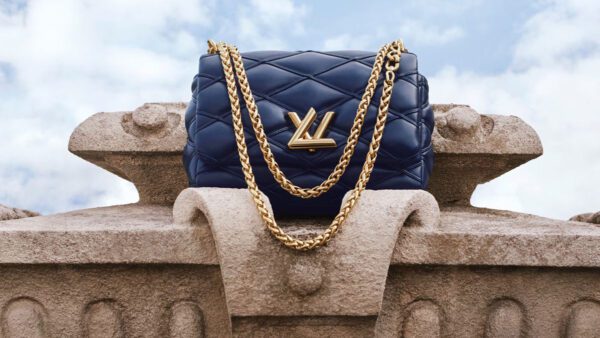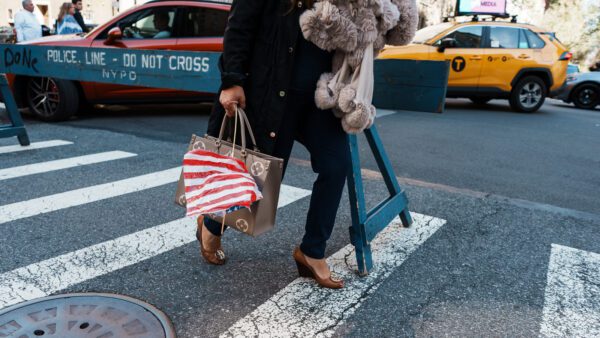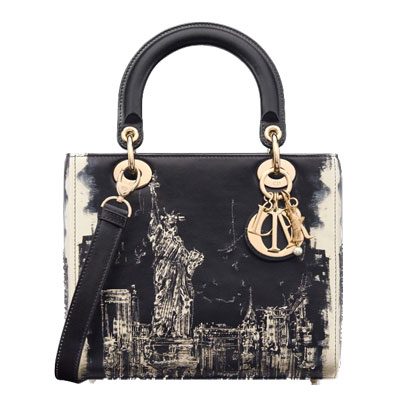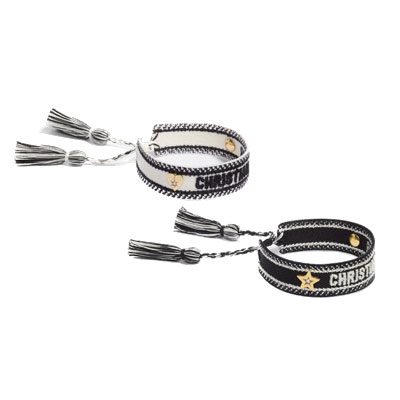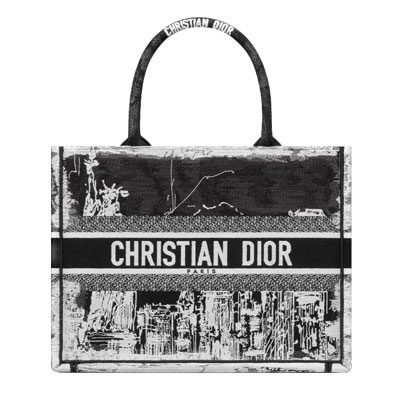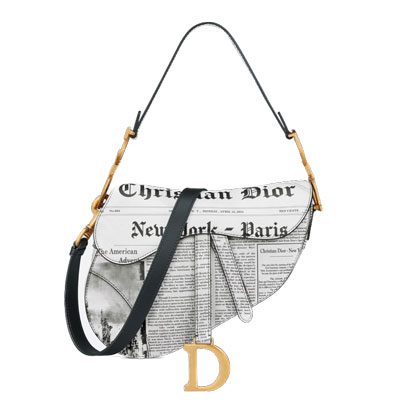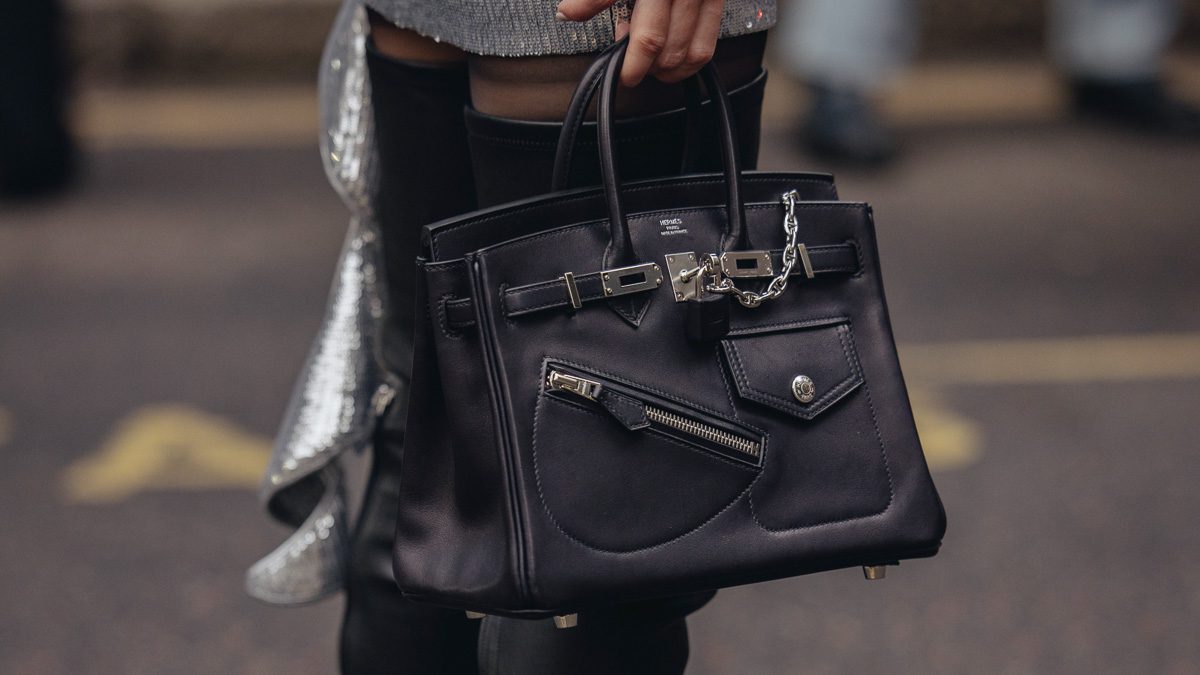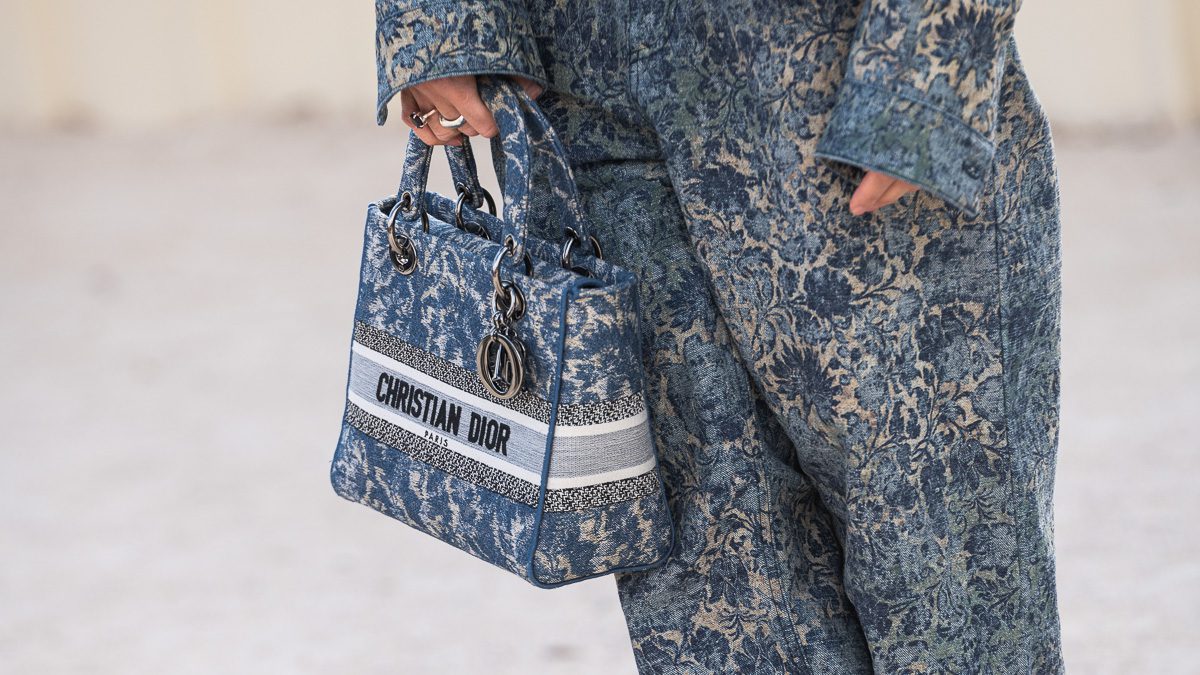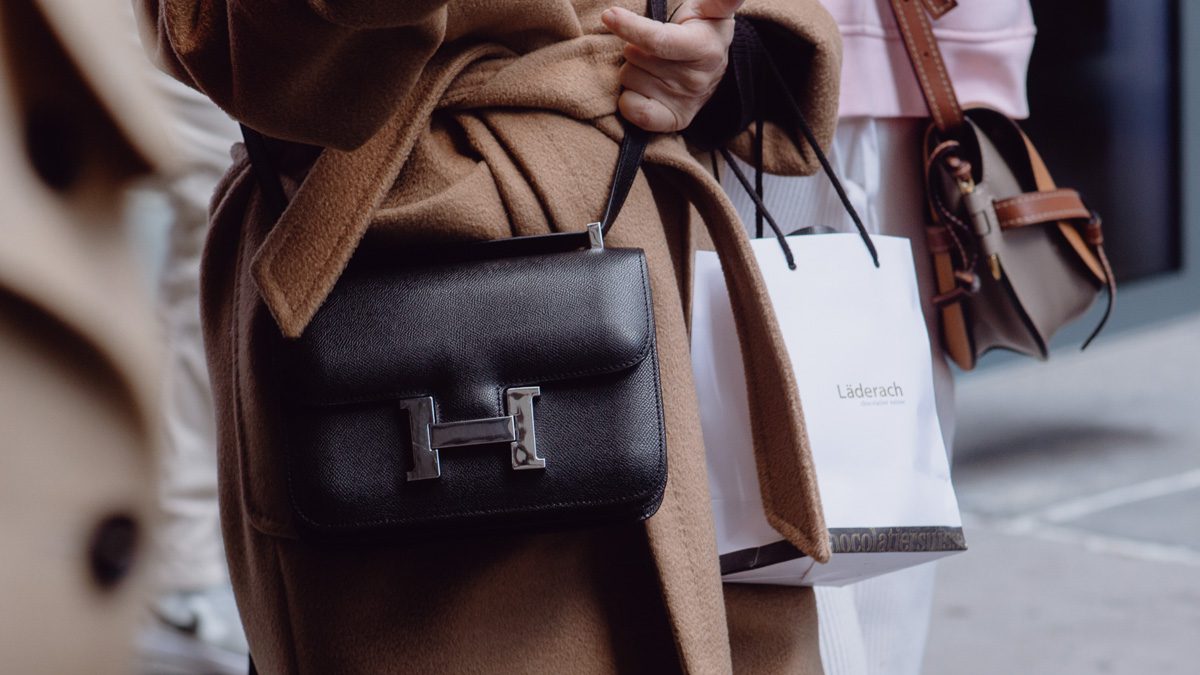Coachella. In terms of music, fashion, and the overall scene, there really is nothing quite like it. In the past, we’ve jokingly referred to it as the influencer Olympics. The two-weekend event located in the California desert first launched in 1999, and in the 25 years since, it has become a cultural phenomenon.
In many ways, Coachella coined the term festival fashion, thus helping fast fashion and luxury brands alike rake in billions selling outfits meant to be worn in the dessert. Over the years, the event became a hub for the most fashionable and relevant pop culture icons, with major media outlets covering the event from every angle, us included.
From Cool to Costumey
However, somewhere along the lines, Coachella became less of a place to see and be seen, offering endless fashion inspiration that felt authentic and true to the nature of the event and more of a major marketing opportunity. The fashion went from cool to costumey, and what once felt organic soon became contrived.
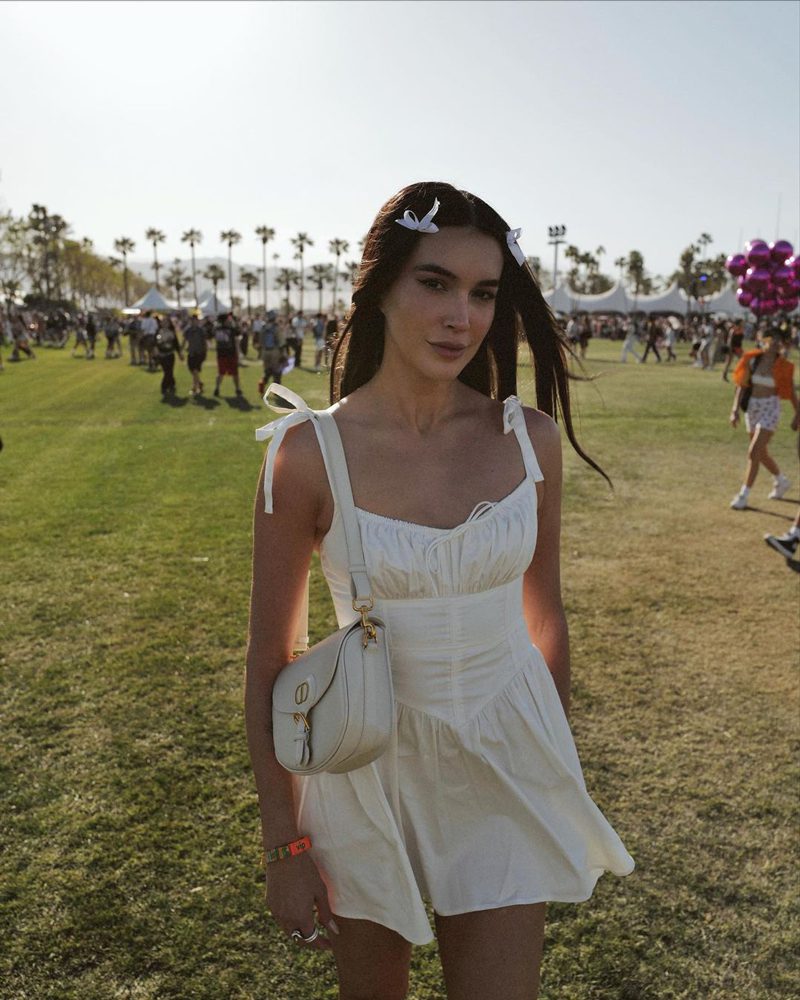
Personal style went out the window in favor of single-use outfits that would never again see the light of day—taking a toll on the environment too.
While the festival kicked off last weekend, it was easy to forget that the event was in full swing. Influencers who once flocked to the desert in droves were skipping this year’s festival in favor of, well, anything else. Whereas once, our social media feeds were full of snaps and shares from Coachella, this year, that defining Coachella Carousel was nowhere to be found.
2024 ticket sales were down, with Hypebeast citing a lack of cohesion and the growth of other festivals as reasons why, just a day out from the festival’s start, passes were still available for the second weekend.
Festival Fashion On the Decline
It’s not just ticket sales that have seen a decline, either. From a fashion perspective, the festival has definitely passed its peak. Once known for its massive two-day activation, E-tailer Revolve scaled back this year’s 7th annual Revolve Festival, shrinking its attendees from 5,000 to 1,200 and cutting it back to a one-day event.
Online shopping destinations like Shopbop, Bloomingdale’s, and Saks, who once dedicated trend-driven edits and editorial space on their homepages to festival fashion, are no longer hyper-focused on catering to the niche.
Meanwhile, Dior, who in past years has not only dressed influencers for the event but hosted its own Coachella dinner, shifted its focus this year. Its New York Pre-Fall 2024 presentation overlapped the first weekend of Coachella, bringing influencers who once wouldn’t miss Coachella to New York instead.
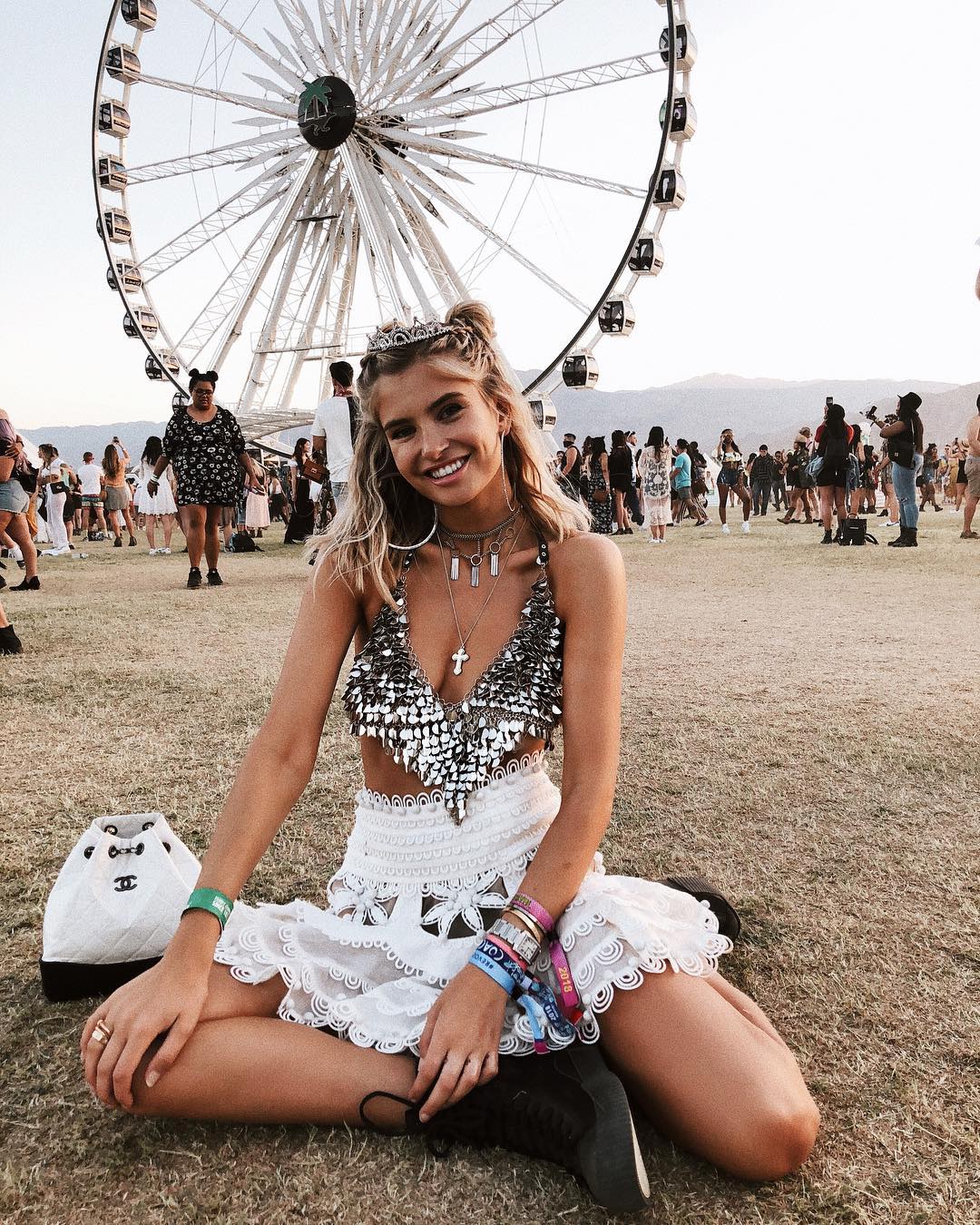
So, does fashion really not care about Coachella anymore? Not quite.
Revolve still curated a dedicated shop-in-shop this year, though many retailers toned down their focus on over-the-top fringe, sequined shorts, and see-through tops. Still, festival fashion isn’t totally going away. It’s just changing.
As its target audience shifts from Millennials to Gen Z as the main target, the big brands that once ruled the scene will no longer. Maybe, though, this isn’t such a bad thing.
Sustainability and secondhand shopping remain at the forefront of Gen Z’s values, offering a chance at true change. The next generation of Coachella-goers can shift festival fashion from one-time use ‘fits that resemble something you’d buy at Spirit Halloween called “BoHo Babe” back to the personal style of the early aughts.

